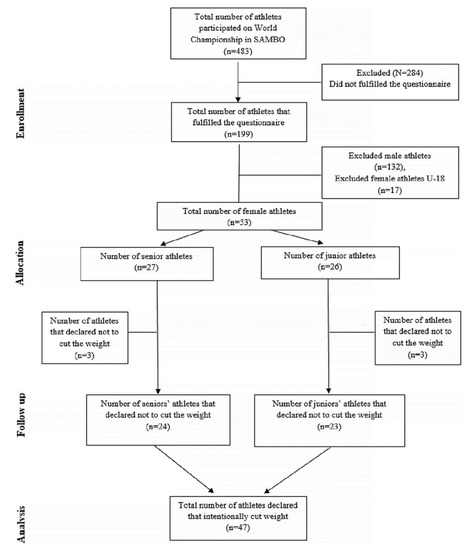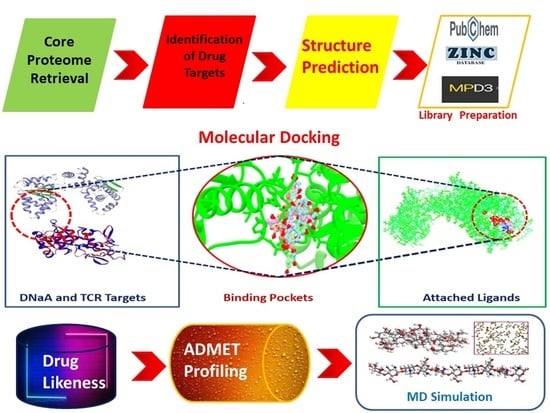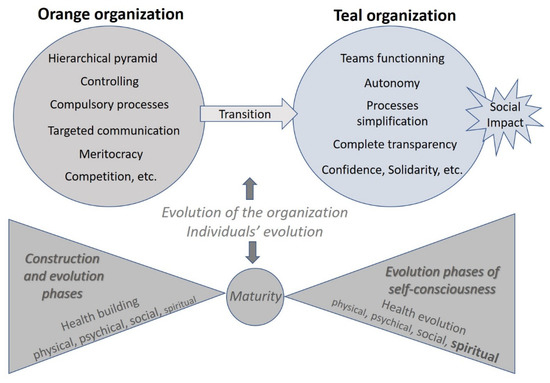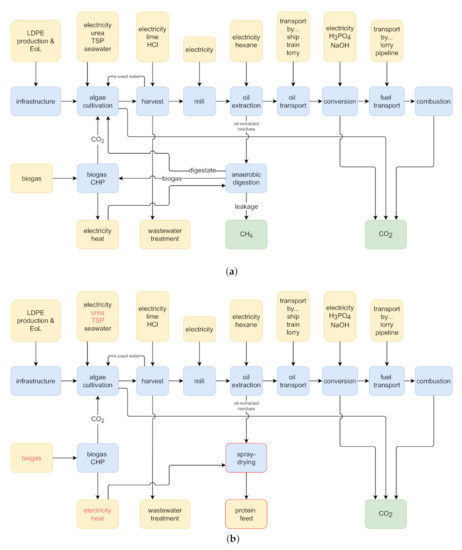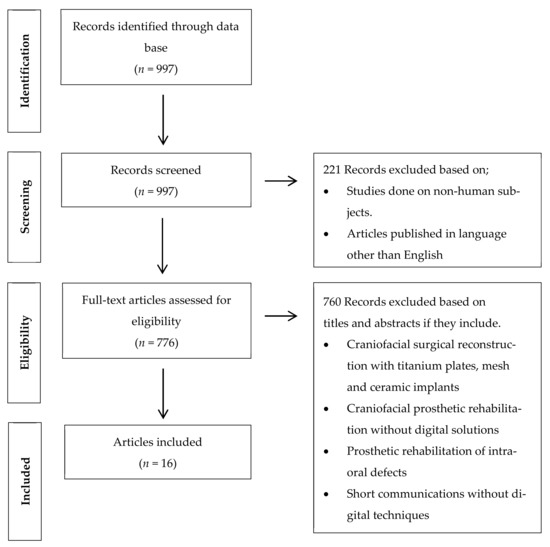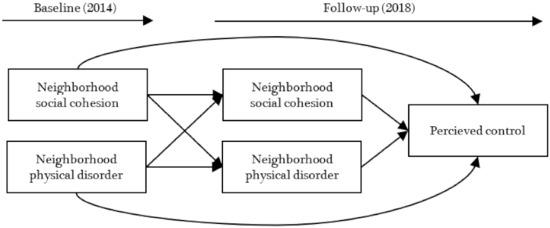1
Faculty of Sport and Physical Education, University of Novi Sad, 21000 Novi Sad, Serbia
2
Department of Physiology, Faculty of Medicine, University of Novi Sad, 21000 Novi Sad, Serbia
3
Faculty of Kinesiology, University of Split, 21000 Split, Croatia
4
Russian State University of Physical Education, Sports, Youth and Tourism, 105122 Moscow, Russia
Int. J. Environ. Res. Public Health 2021, 18(21), 11356; https://doi.org/10.3390/ijerph182111356 - 28 Oct 2021
Cited by 8 | Viewed by 2849
Abstract
In combat sports, competitors are separated into weight divisions, to create equality between the athletes. Consequently, rapid weight loss (RWL) is a common practice in combat sports. Although the methods used to induce RWL are similar among athletes, currently, there are limited data
[...] Read more.
In combat sports, competitors are separated into weight divisions, to create equality between the athletes. Consequently, rapid weight loss (RWL) is a common practice in combat sports. Although the methods used to induce RWL are similar among athletes, currently, there are limited data concerning the RWL methodologies used by sambo athletes. Therefore, this study aimed at determining RWL procedures among female sambo athletes. Participants in the study were top-level athletes competing at the World Sambo Championship held in Novi Sad. A total sample of 47 female sambo athletes, of whom 24 were seniors (27.3 ± 4 year/age, 1.61 ± 0.09 m/height, 61.8 ± 8.87 kg/weight) and 23 juniors (18.7 ± 0.8 year/age, 1.66 ± 0.07 m/height, 63.7 ± 12.1 kg/weight), were examined in the study. To determine RWL methods, data were collected through a standardized questionnaire. As a result, 88.7% of the female sambo athletes declared that they intentionally cut their weight before the competition. The most commonly used methods were gradual dieting, followed by sauna, fluid restriction, and skipping meals. The most considerable influence on the RWL strategies of athletes came from coaches and personal trainers, while physicians and dietitians were far less influential. The results obtained from this representative sample highlight the most common practices concerning weight cutting prior to competition among females. Therefore, there is a need to inform and educate both athletes and coaches about the potentially harmful effects of RWL in combat sports.
Full article
(This article belongs to the Special Issue Sport, Physical Activity and Public Health: Influence of Age and Gender)
▼
Show Figures

